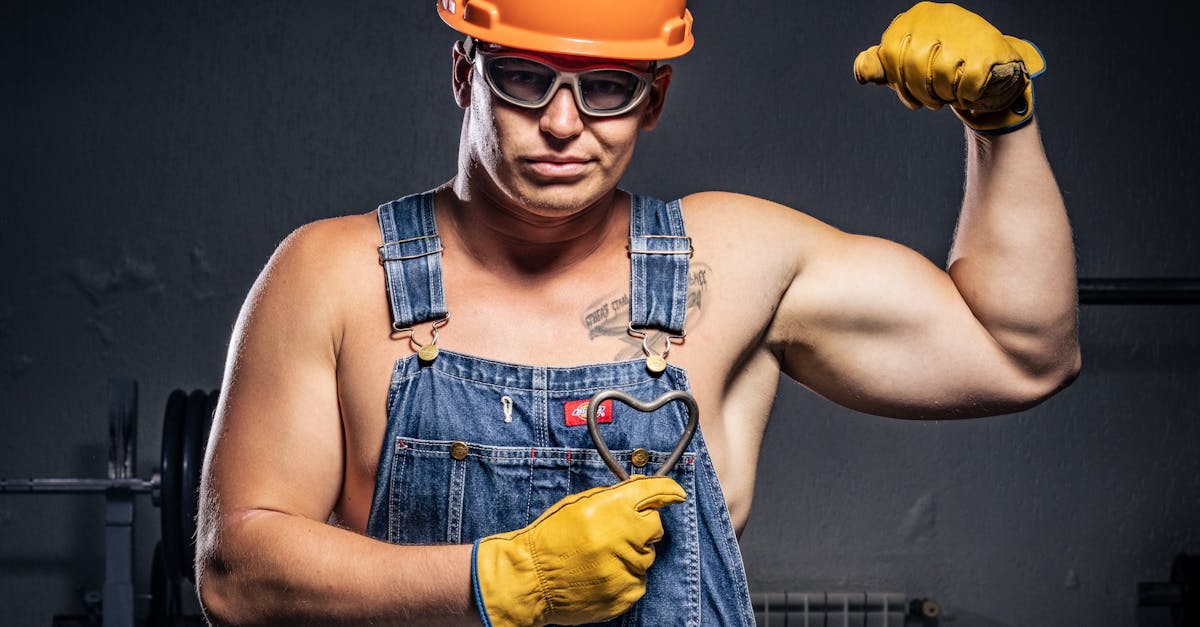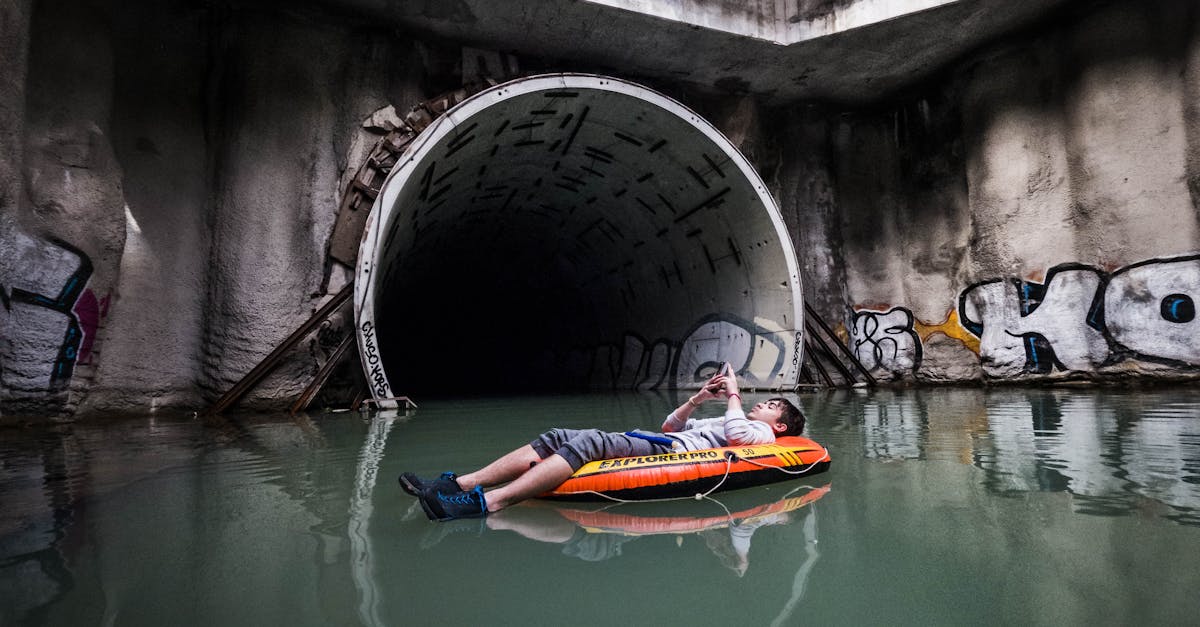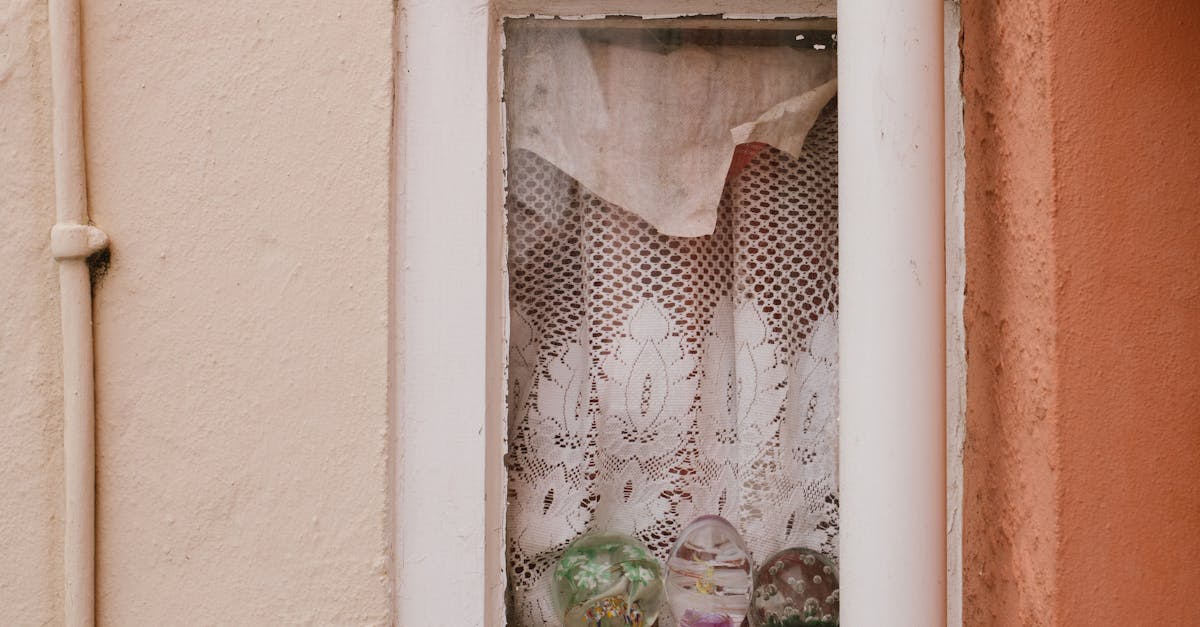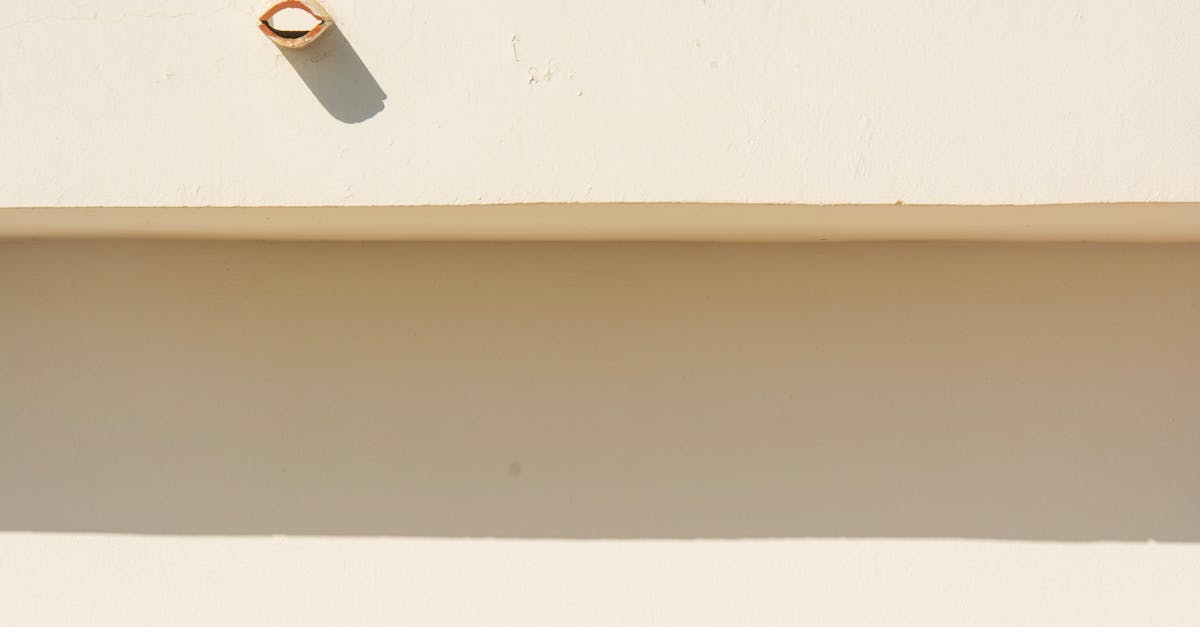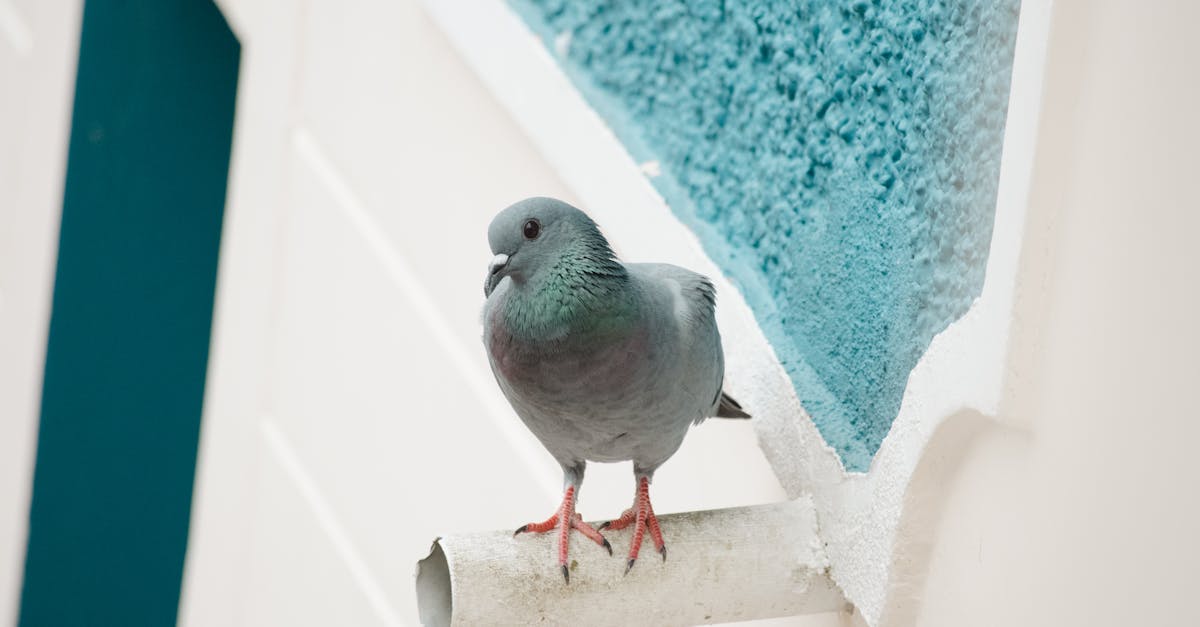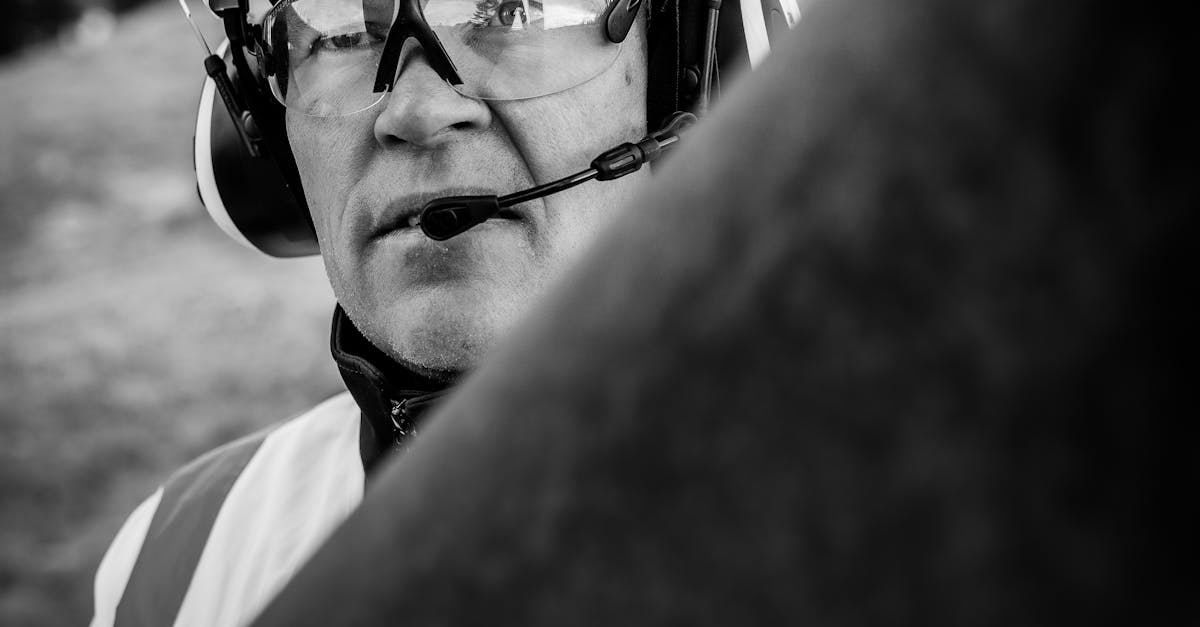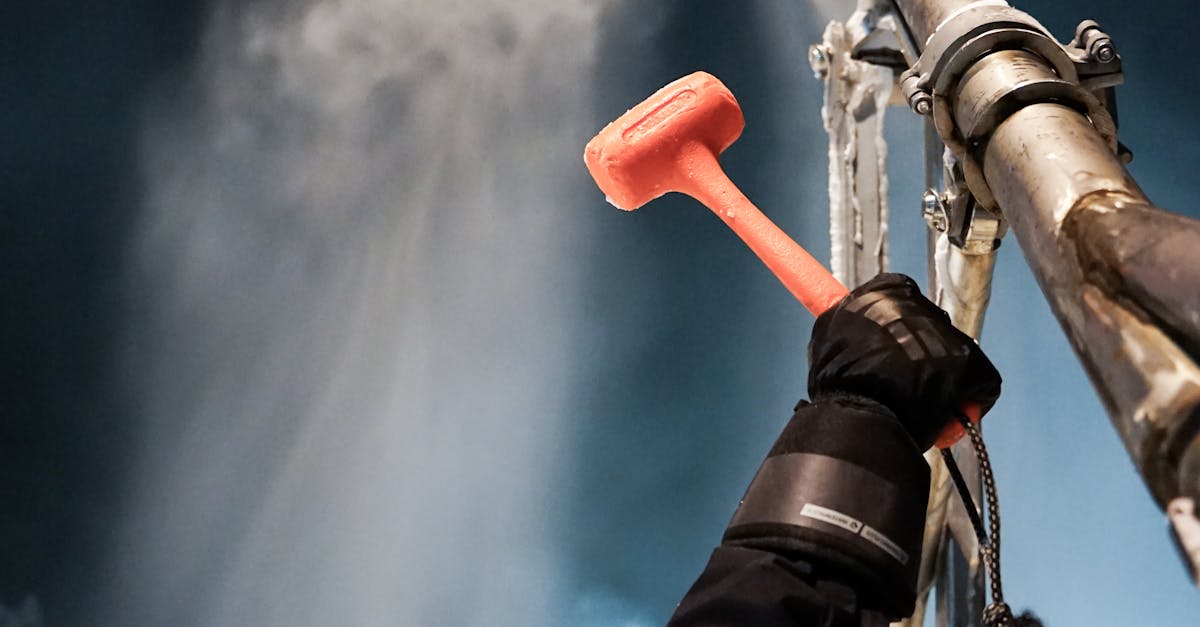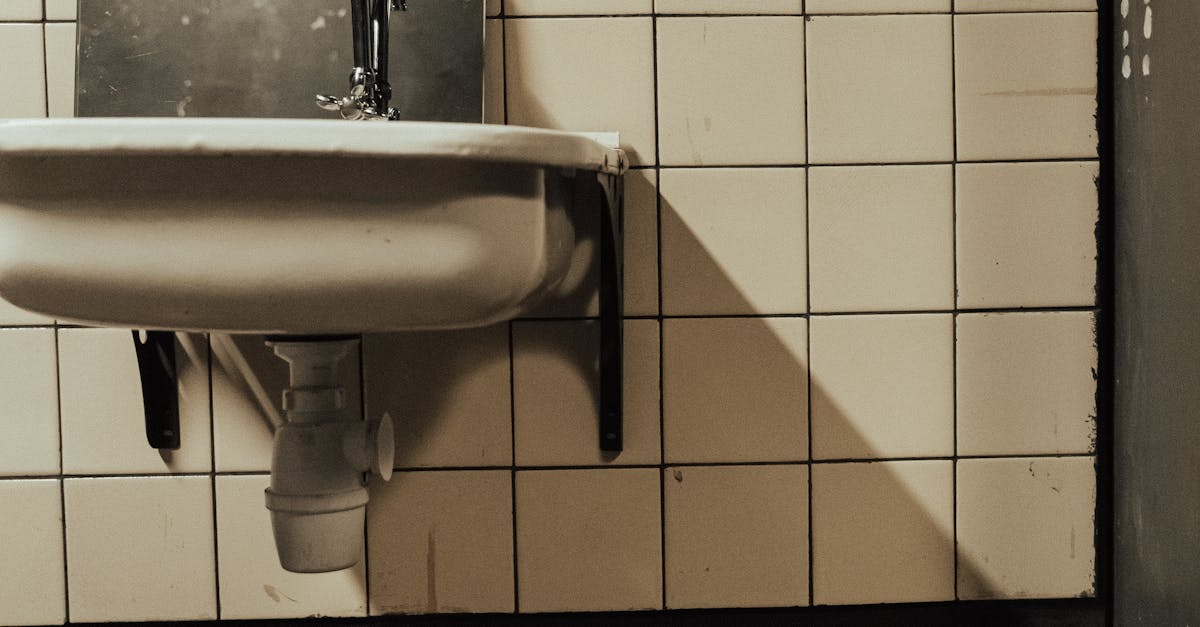
Table Of Contents
Installation Challenges
Installing pipe relining can be a complex process requiring specific equipment and expertise. Access to the existing pipes may be limited, making it difficult for professionals to perform the task effectively. In some cases, pipes may have severe bends or blockages that complicate the installation, potentially leading to additional time and costs. Proper assessment and preparation are essential to ensure the successful application of relining techniques.
Various factors can also contribute to the challenges of pipe relining installation. For example, the condition of the existing pipes plays a significant role, as severely deteriorated structures may not hold up well during the relining process. Environmental conditions such as humidity or temperature can affect the curing times of the materials used. These challenges necessitate careful planning and skilled labour to minimise complications and ensure a durable repair.
Factors Affecting Successful Application
Successful application of pipe relining depends on various environmental and structural factors. The condition of existing pipes plays a crucial role; issues such as severe corrosion or significant structural damage can hinder effective relining. Additionally, the type of materials present in the pipes influences the adhesion and longevity of the relining process. Proper assessment before undertaking the task can prevent complications that may arise during installation.
Another critical factor is the temperature and humidity levels at the time of application. Extreme weather conditions can affect the curing process of the relining material, ultimately compromising its effectiveness. Site access is also a concern; limited space can pose challenges for the equipment needed during relining operations, potentially extending the project's duration and increasing costs. Keeping these considerations in mind can enhance the likelihood of a successful pipe relining project.
Disruption to Property
During the process of pipe relining, homeowners may experience various disruptions within their property. Access to bathrooms, kitchens, or outdoor areas could be restricted as technicians work to address the plumbing issues. The need for excavation or equipment setup can further impede normal activities, leading to inconvenience for residents. This disruption often poses challenges for families, especially those with young children, as they navigate around work areas that are off-limits due to safety concerns.
In addition, there might be noise disturbances associated with pipe relining, as tools such as drain cameras and hydraulic equipment are employed throughout the procedure. This can be particularly unsettling during early mornings or late evenings when many people prefer a quieter environment. Managing daily routines amid such upheavals requires planning and patience, making the overall experience less than ideal for those affected.
Managing Inconveniences During Relining
The process of pipe relining can lead to significant disruptions within properties. Homeowners may need to vacate certain areas while work is ongoing, which can create logistical challenges, especially in high-traffic areas like living rooms or kitchens. Not only does this limit access to essential facilities, but it may also require temporary adjustments to routines or the relocation of furniture and belongings. Proper planning is vital to minimise the impact on daily life, ensuring that communication with contractors is clear regarding timelines and expected disturbances.
In addition to physical disruptions, managing noise levels during pipe relining is important. The installation process often involves equipment that can be quite loud, potentially disturbing not just occupants but also neighbours. Scheduling work for times that cause the least disturbance can help ease some of the inconvenience associated with the relining process. Homeowners should discuss these factors with contractors in advance, ensuring that everyone is prepared for the noise and other effects during the project.
Chemical Sensitivities
Chemical sensitivities can arise during the process of pipe relining due to the materials used. Various resins and adhesives employed in the relining process may contain volatile organic compounds (VOCs) that can trigger reactions in sensitive individuals. These reactions can manifest as respiratory issues, skin irritations, or other allergic responses. For homeowners with existing sensitivities, the introduction of these chemicals poses a potential risk during installation.
Awareness is essential in addressing concerns related to allergens and toxins. Homeowners should consult with professionals about the specific materials being used in the pipe relining process. Opting for low-VOC or environmentally friendly alternatives can help mitigate the risk of exposure to harmful substances. Ensuring adequate ventilation during installation is also crucial to reduce any adverse effects related to chemical sensitivities.
Potential Allergens and Toxins in Materials
When considering pipe relining, it's crucial to be aware of the potential allergens and toxins that may be present in the materials used during the process. Many chemicals involved in the relining technique, such as resins and curing agents, can emit volatile organic compounds (VOCs) that might pose health risks. These substances can lead to respiratory discomfort, skin irritation, or other allergic reactions in sensitive individuals. Ensuring proper ventilation and following safety guidelines is essential to mitigate these risks.
Further, the curing process often involves heat and chemical reactions that can release harmful substances into the air and surrounding environment. Property owners should investigate the specific materials their contractors use and check for any certifications related to low emissions and safety standards. Being informed about the potential hazards can help in making educated decisions about the relining process and protecting the health of all residents in the property.
FAQS
What are the main disadvantages of relining?
The main disadvantages of relining include installation challenges, disruption to property during the process, and potential chemical sensitivities due to materials used.
How can installation challenges impact the relining process?
Installation challenges can lead to longer project timelines, increased costs, and potential issues with the quality of the final result if not managed properly.
What types of disruption can property owners expect during relining?
Property owners may experience noise, dust, and limited access to certain areas of their property, which can be inconvenient during the relining process.
Are there any health risks associated with the materials used in relining?
Yes, some materials used in relining may contain allergens or toxins that could pose health risks, particularly for individuals with chemical sensitivities.
How can property owners manage the inconveniences caused by relining?
Property owners can manage inconveniences by communicating with the relining contractors, planning to be away during the project, and preparing their space in advance to minimise disruptions.
